EDTA in Shrimp Farming
What is EDTA?
EDTA stands for EthyleneDiamineTetraacetic Acid. This is a strong organic acid (more than 1,000 times stronger than acetic acid). Its salts are usually in the form of white crystals or powder, non-volatile, and highly soluble in water.
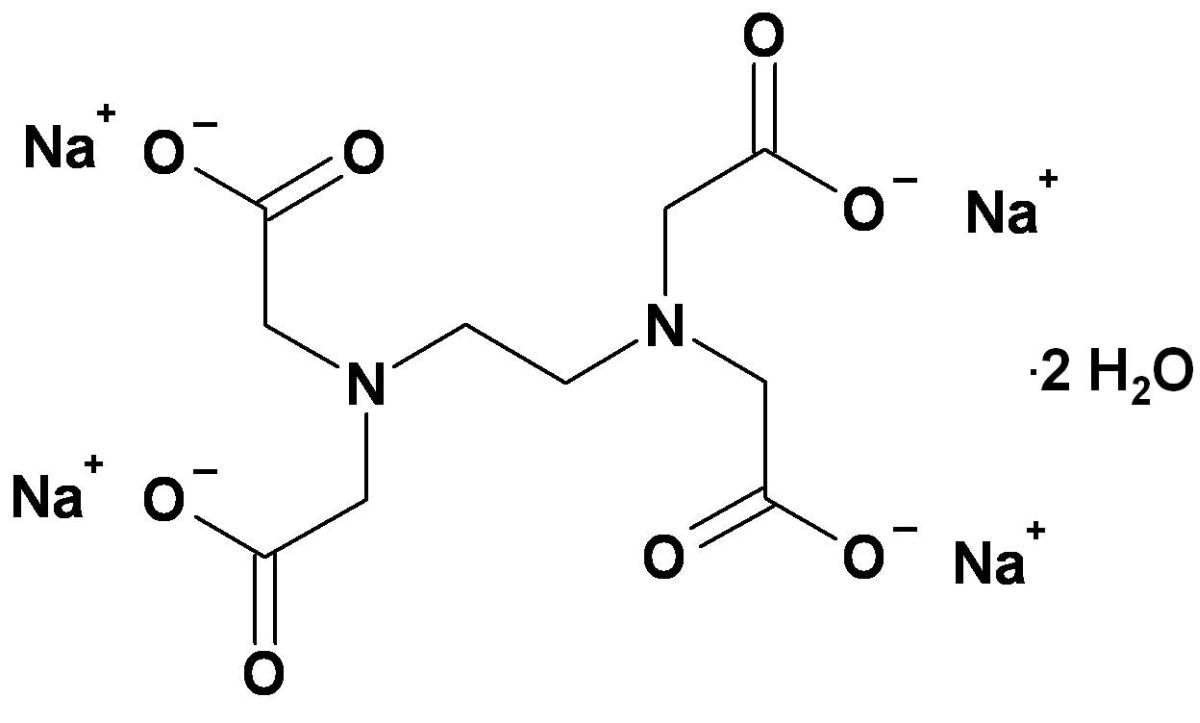
Uses of EDTA
- In aquaculture: EDTA is used to neutralize acidity, remove heavy metals, reduce water viscosity and scum in ponds. It also breaks down toxins from chemical use and reduces pH in shrimp ponds.
- EDTA is one of the ingredients found in cosmetic products like shampoos, hair dyes, etc.
- In laboratories: EDTA is used to remove metal ions.
- In pharmaceuticals: It acts as an antioxidant to prevent free radicals from damaging blood vessels and reducing atherosclerosis, although it has not yet been applied practically.
- In industry: EDTA isolates metal ions that alter the color of dye products.
- In agriculture: EDTA is used to create chelates to prevent the precipitation of heavy metals in the water environment.
Dosage of EDTA in Shrimp Farming
- For water treatment in hatcheries, the commonly applied dosage is 5-10 ppm.
- For water treatment in shrimp farming, especially in areas with low salinity and acidic soil, when water levels in ponds reach about 0.8-1 m, if the alkalinity is low and the water has a light yellow color, EDTA can be used at a dosage of 2-5 kg per 1,000 m²
Ngày đăng : 14/09/2024
2458 View
Other Articles
Cà Mau strengthens traceability to enhance the competitiveness of the shrimp industry.
Cold stress: Effects on the plasma characteristics of whiteleg shrimp.
A new breakthrough in the prevention of diseases caused by the microsporidian parasite EHP in shrimp farming
Vietnam’s shrimp export outlook in the first quarter of 2026 continues to face heavy pressure from tariffs.
New England’s shrimp fishery to shut down for the long haul after years of decline
Crab exports to the United States account for more than 80%.
Thailand sets a target to increase shrimp production to 400,000 tons by 2026.
CTU-RAS: Recirculating Shrimp Farming for Sustainable Development
Vietnamese aquatic products reach new markets
Global Shrimp Forum: Global shrimp trade is reshaping
China’s Import Value Up 10%, Vietnamese Shrimp Remains Among Leading Suppliers
After the 7.5-magnitude offshore earthquake in Aomori that injured 34 people, Japan has issued a warning about a potential mega-earthquake








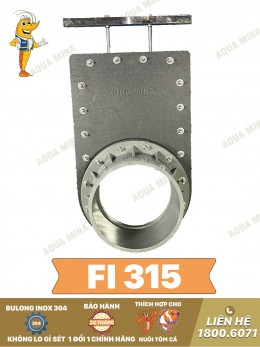
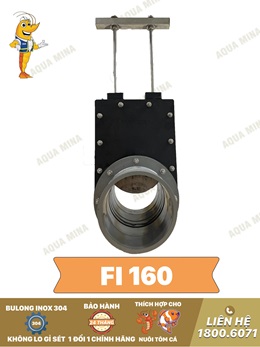
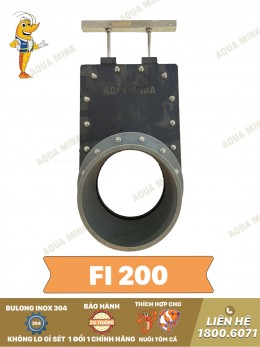
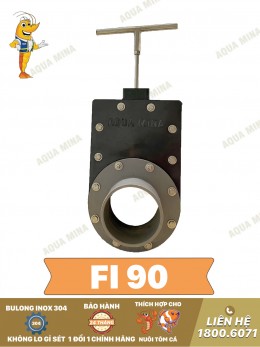
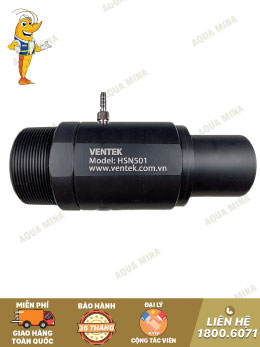
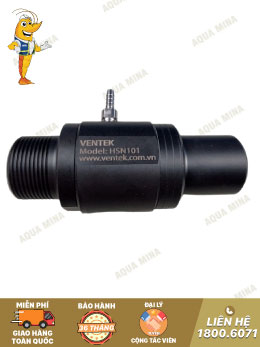
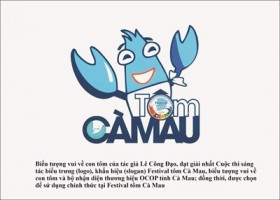
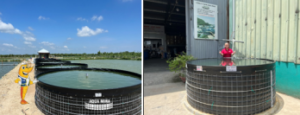
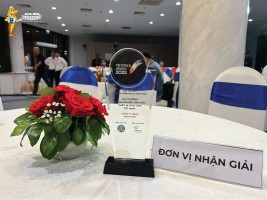
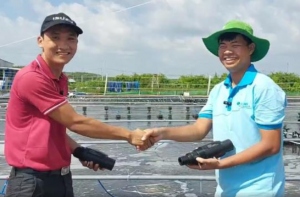
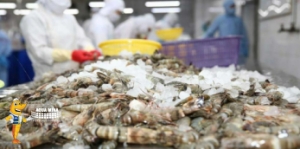
.jpg)